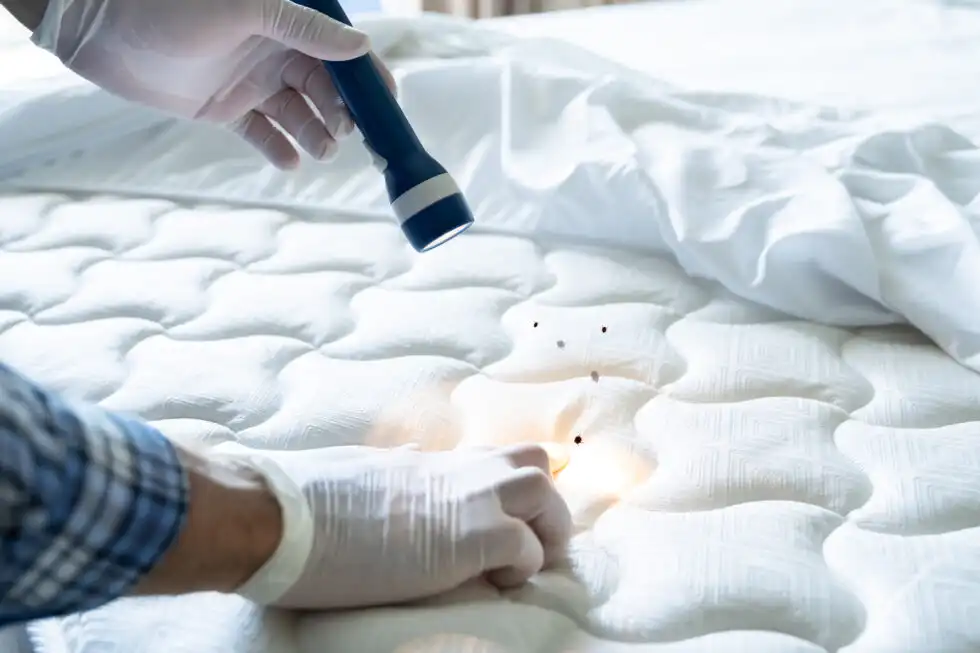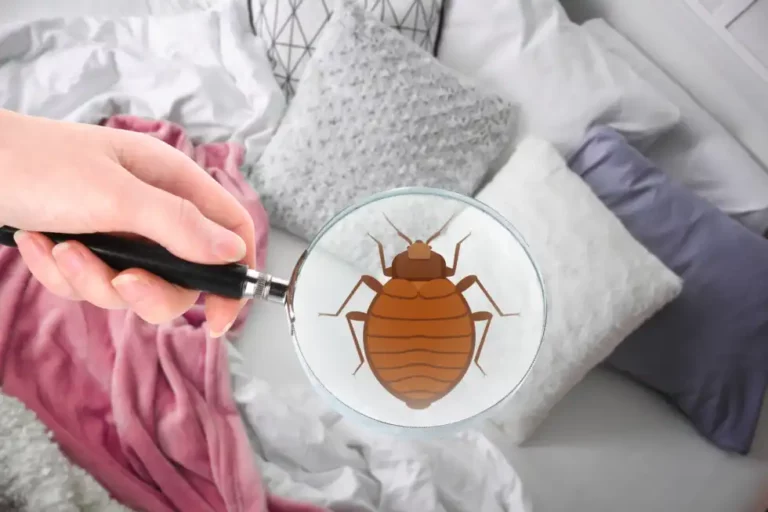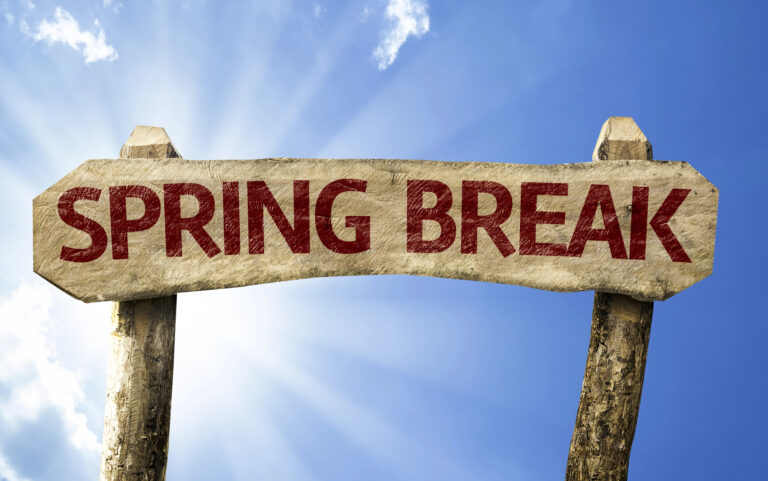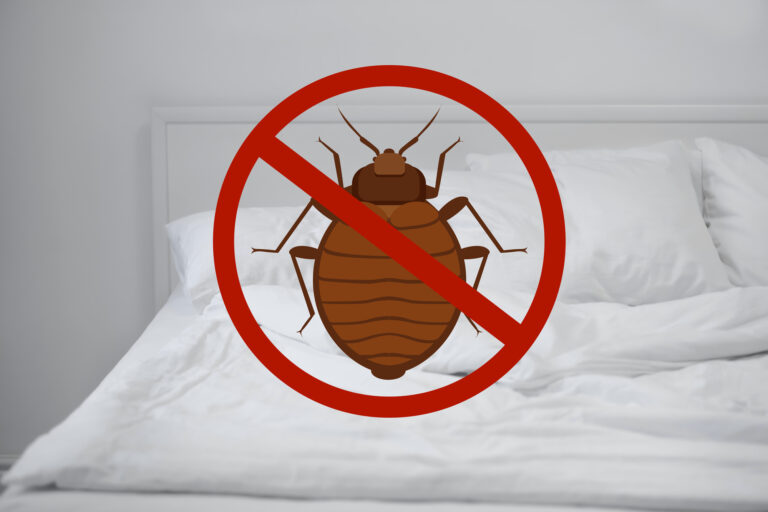How to Prepare for Bed Bug Treatment: Tips from Experts
According to the United States environmental protection agency (2022), commonly known as EPA, the first step is to properly prepare your home, whether you plan to hire a pest control expert or try to get rid of the bugs yourself.
It is essential to prepare your home before bed bug treatment. Due to the large number of people who live there and travel through it, bed bugs are pretty prevalent in places like Richmond. Bed bug consultations in Richmond, CA, are widespread. Most experts suggest you contact them for a consultation before doing anything regarding the problem.
The best course of action in getting rid of bed bugs in your house can vary depending on your treatment philosophy. This article will assist you in making the best action to take. We’ll go into more detail below, but there are two schools of thought: “prep” and “no prep,” They both have very different expectations of homeowners.
What are bed bugs?
A bed bug’s transformation happens over time. They look exactly like an adult when they emerge from the egg. Therefore, they are among the simpler insects we can recognize when we enter a house. They go through distinct growth stages that roughly correspond to those of newborns, preschoolers, adolescents, and adults.
Since it feeds on blood, leaves itchy bites, and generally irritates its human hosts, the common bed bug (Cimex lectularius) has long been a pest. Bed bugs are regarded as a public health pest by the Environmental Protection Agency (EPA), the Centers for Disease Control and Prevention (CDC), and the United States Department of Agriculture (USDA). However, bed bugs are not known to transmit or spread disease, unlike the majority of public health pests (EPA, 2021).
Kenneth Haynes of the University of Kentucky, an entomologist, explains how bed bugs are staging a comeback (Haynes, 2012). The good news is that scientists are closely researching these insects, and their findings offer creative suggestions for finding the pests and getting rid of infestations. But some of those solutions may be a long way off. The best course of action until then is to prevent bringing bed bugs into the house in the first place.
Additional National Pest Management Association (n.d.) Bed Bug Facts:
- From one to five eggs can be laid by bed bugs daily, and over 500 can be applied in one lifetime.
- Without food, bed bugs can live for several months.
- From almost absolute zero to 122 degrees Fahrenheit, bed bugs can withstand a wide range of temperatures.
- For about five minutes, bed bugs draw blood before leaving to eat.
- Hatchling bed bugs are so tiny that they can fit through a mattress stitch.
- The amount of blood bed bugs can consume seven times their weight or 120 gallons of liquid for a man of average size.
- All 50 states in the US have bed bugs.
What causes bed bugs?
According to experts, the recent rise in bed bug infestations in the United States may be related to increased travel, a lack of awareness about how to prevent infestations, an increase in bed bug pesticide resistance, and ineffective pest control methods.
What occurs if your home isn’t ready for bed bug treatments?
The specialists who come to service your home may not do these things for you if you don’t set up your home for bed bug treatments when necessary. As a result, materials may be mishandled, leading to the spread of bed bugs throughout your home or the destruction of your crib and belongings. Exterminators can move bed bugs with as little as tossing blankets and sheets to the ground. If bed bug specialists are not adequately trained, not doing the proper steps before the treatment could lengthen the process and make it harder for the experts to get rid of bed bugs without realizing it.
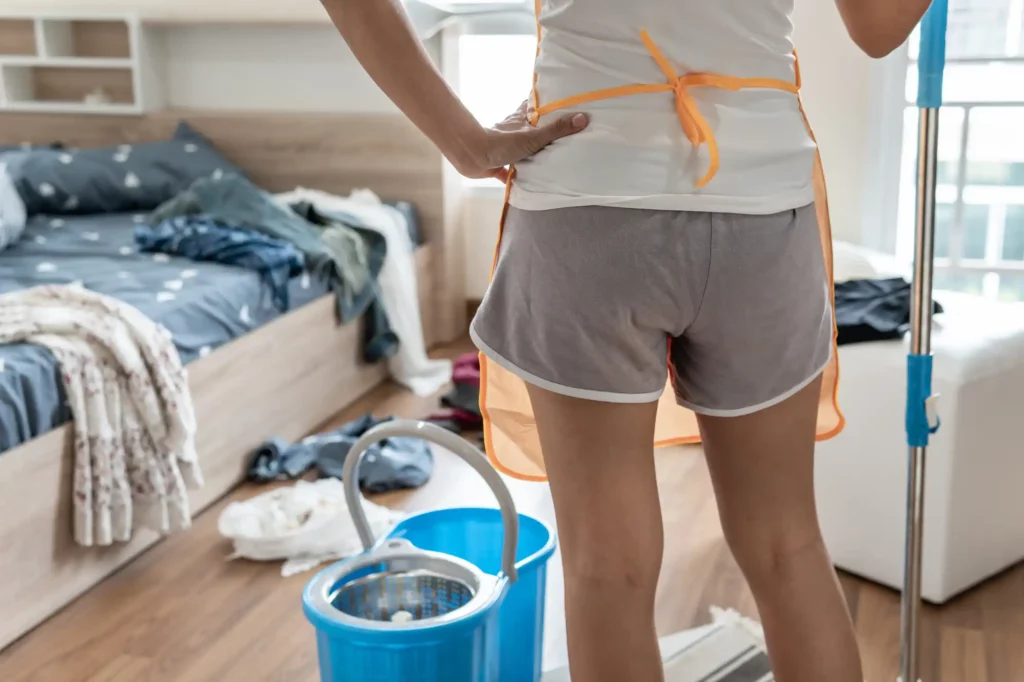
The most suggested ways to prepare for a bed bug treatment:
1. Reduce clutter
NOTE: Be careful not to spread the bed bugs when decluttering.
- Items shouldn’t be moved from an infested area to an uninfected area.
- Put waste and other contaminated items right into plastic trash bags. When the bags are full, take them right away to an outdoor trash can.
- Get rid of any extra newspapers and magazines.
- Keep your clothes off the ground.
- Get rid of every cardboard box (the bugs can hide in the cardboard). If you require the storage, replace it with plastic boxes.
- Get rid of your old clothes and other belongings, but make sure they are bed bug-free first so you don’t spread the disease.
2. Bedrooms
Bedrooms are like a safe haven for bed bugs, especially the tight spaces in your rooms.
- The bed should be stripped, and sheets and any clothing exposed to bedbugs should be washed in hot water and dried.
- To get rid of any bed bugs you might have, you can also put the items mentioned earlier in a high-heat dryer for at least 40 minutes or longer.
- Check the manufacturer labels to ensure that the item or fabric can withstand the high temperature.
- Remove everything from the baseboards in any rooms that will need to be treated.
- It would be best if you vacuumed the couches, upholstered chairs, and the bed.
- Remove the mattress from its bed frame and place them in the bedroom.
- Take everything out from beneath the bed (i.e., boxes, toys, shoes, purses, and other items).
3. Other items
- Open the sleeper sofa if necessary. Place hanging artwork in the room after removing it from the wall.
- It would help if you took off wall plates for light switches and electrical outlets to dust these areas.
- Pets must be removed from the property and kept outside for four hours following treatment.
- Floors and carpets should be thoroughly vacuumed. Make sure to put the vacuum bag into a plastic bag before throwing it away to stop bedbugs from escaping.
- All clothes should be washed in hot water and dried on the highest setting recommended for the fabric. Coats and jackets can be dry-cleaned or must be carefully inspected if they can’t be washed and dried. It would help if you avoided the placement of clothing in infected rooms or areas until bed bugs have been wholly eliminated following treatment.
- Put towels, stuffed animals, pillows, curtains, and other items in the dryer for at least 40 minutes on the highest setting that won’t harm them. As soon as they are dried, double bag these items.
- Examine everything that cannot be washed with care, including books, electronics, picture frames, plastic toys, etc. You should store toys for children in containers or plastic bags if insecticides are used (only if they are bedbug-free). The pest control company might want these items left in place if heat is used so they can be exposed to heat treatment.
- Keep cleaned and dried items in plastic bags until your home has been treated and the bedbugs have been eradicated.
4. To enable a complete inspection and treatment, allow access to walls, closets, and areas around furniture.
What you can possibly do to stop bed bugs from spreading:
- Before bringing any used furniture or bedding into your house, inspect it.
- If you’re traveling, put your bags in the bathroom first because bed bugs are rarely found there unless the room is seriously infested. After that, spend some time examining the mattress for indications of a bed bug infestation.
- Before putting your suitcases away, think about vacuuming them, paying particular attention to the outer seams.
- If you believe you have come into contact with someone with bed bugs, thoroughly inspect and wash all the clothing you were wearing.
- Talk to your friends and family members who you visit or who visit you without being afraid. These insects are hitchhikers and don’t need squalor or filth to survive. They only require a warm-blooded companion or animal to sleep close by.
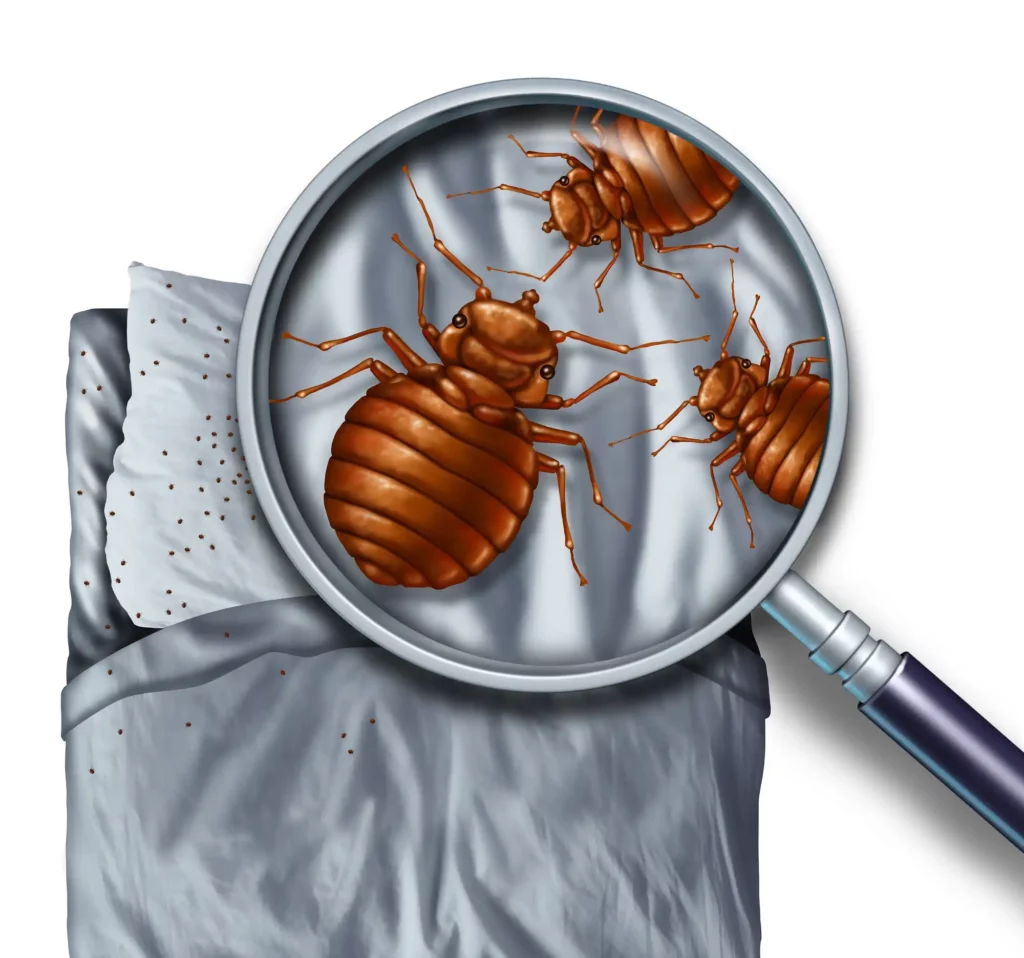
What to expect during the bed bug treatment:
Although different professionals employ various techniques, you can anticipate a pro to use the following:
- In a “hot box,” which is a common bed bug treatment method, an infested home is sealed off and it will be heated to a high temperature that is above the threshold at which bed bugs can survive.
- Encasements for mattresses: The mattress is thoroughly treated before being completely covered in a bedbug-proof cover.
- Crack and crevice injection/spot treatment: Inaccessible places may be treated with conventional liquid sprays. This works particularly well between bed frames, baseboards, moldings, and floorboards.
- Pesticide dust: This product form works well for treating electrical outlets and wall voids.
Contact Experts
The majority of pest control experts concur that this bloodsucking pest is the most challenging to eradicate. The NPMA (n.d.), advises contacting a certified pest professional if an infestation is suspected because do-it-yourself methods cannot effectively treat bed bugs.
If you have an infestation, switching beds won’t make things better. Better contact your bed bug exterminators in Richmond, CA, we will give you the best treatment.
Now that you know how to get ready for bed bug treatment, you might also want to think about bed bug-proofing your house to stop re-infestation in the future.

